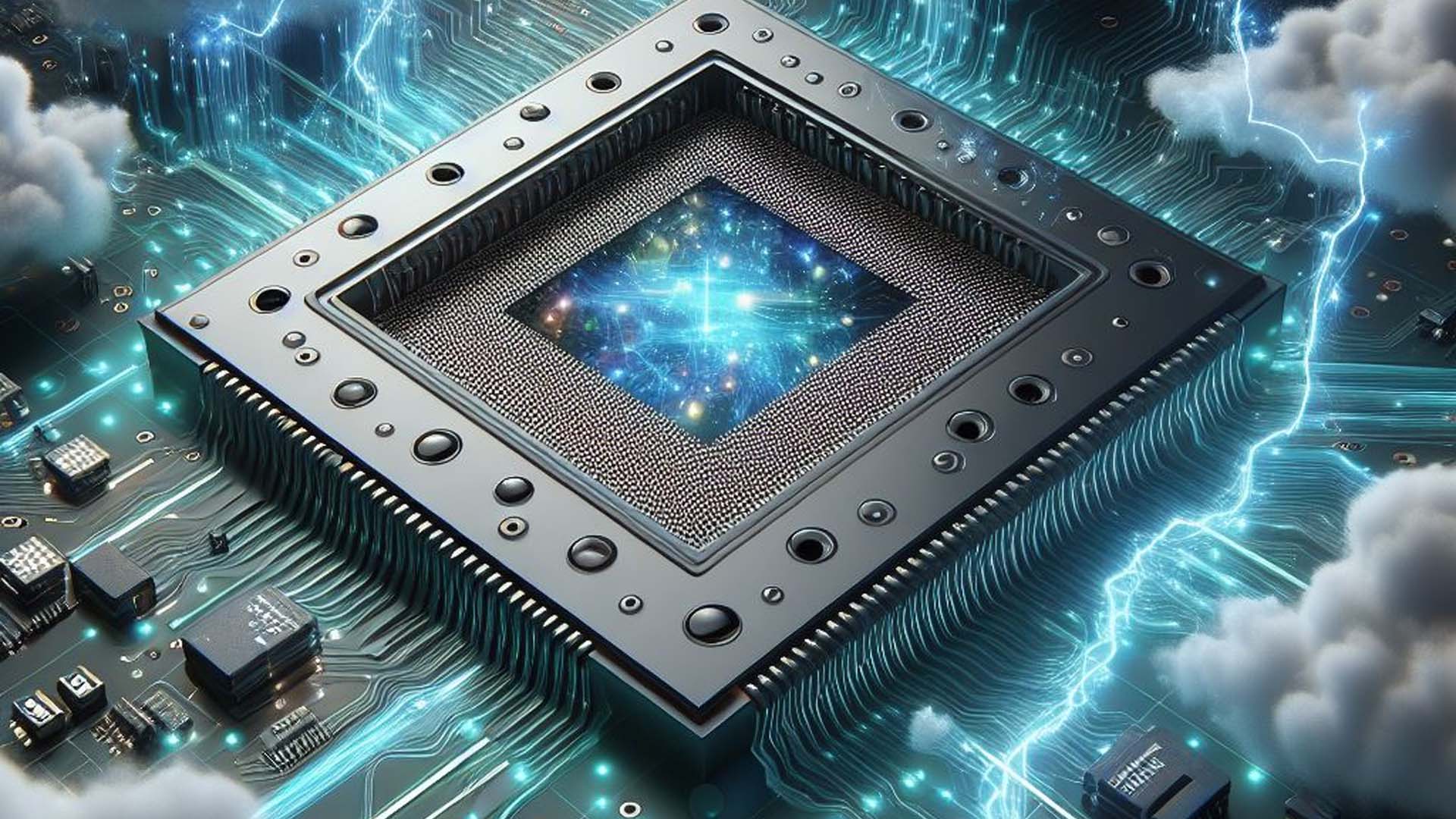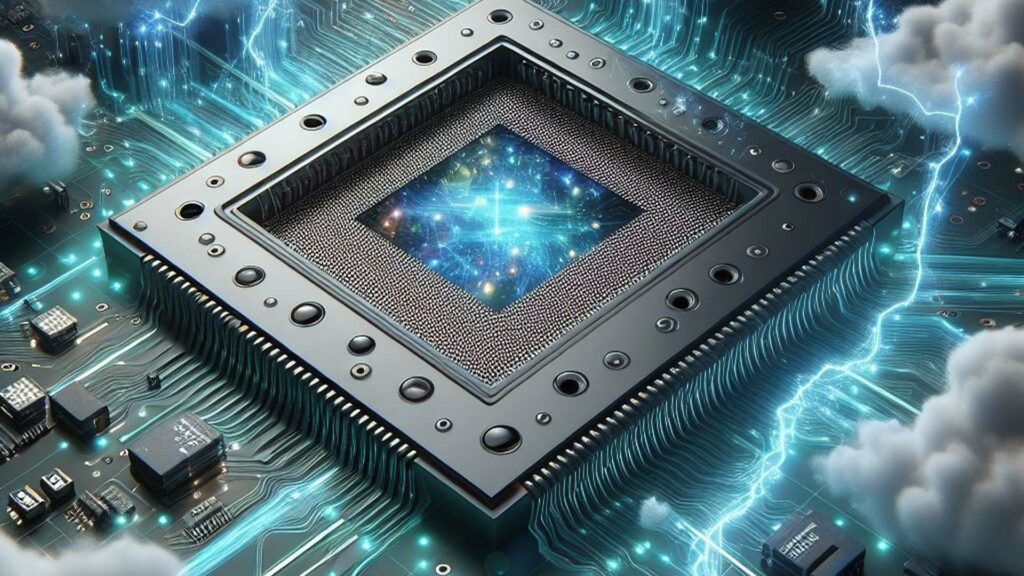The memory market, valued at $165 billion annually, is mainly dominated by DRAM and NAND flash. While DRAM is fast and durable, it requires continuous data refreshing due to its volatility. Conversely, NAND flash is non-volatile but slower and less durable in program/erase cycles.
ULTRARAM, a breakthrough from Quinas Technology, a spinoff of Lancaster University in the UK, combines the strengths of both DRAM and NAND flash. It delivers swift, non-volatile memory with remarkable endurance and extremely low switching energies.
Recently honored at the Flash Memory Summit, ULTRARAM surpasses flash storage in longevity, matches system memory’s read/write speeds, and consumes less power.
Leveraging resonant tunneling, ULTRARAM achieves non-volatility with rapid, energy-efficient write and erase functions, boasting high endurance—a feat once deemed unattainable and dubbed the “holy grail for memory tech.”
Diverging from silicon, ULTRARAM utilizes III-V compound semiconductors like gallium antimonide (GaSb), indium arsenide (InAs), and aluminum antimonide (AlSb).
Unlike flash memory’s resistive oxide barrier, ULTRARAM employs atomically thin InAs/AlSb layers, forming a “triple-barrier resonant-tunneling” (TBRT) charge-confining structure for unique switching capabilities.
With switching energy per unit area significantly lower than DRAM, flash, and emerging memories, ULTRARAM’s energy efficiency is remarkable, enhanced by non-destructive read and non-volatility, eliminating the need for refresh.
Demonstrating degradation-free operation surpassing 10 million program/erase cycles, ULTRARAM showcases impressive endurance according to Quinas Technology.
Given the escalating energy consumption in data centers, ULTRARAM’s development comes at an opportune time, potentially reducing sectoral energy demands by facilitating efficient data management between active and stored memory.
Moreover, ULTRARAM’s inventors suggest it can be mass-produced using existing semiconductor and silicon manufacturing processes.


Leave a Reply